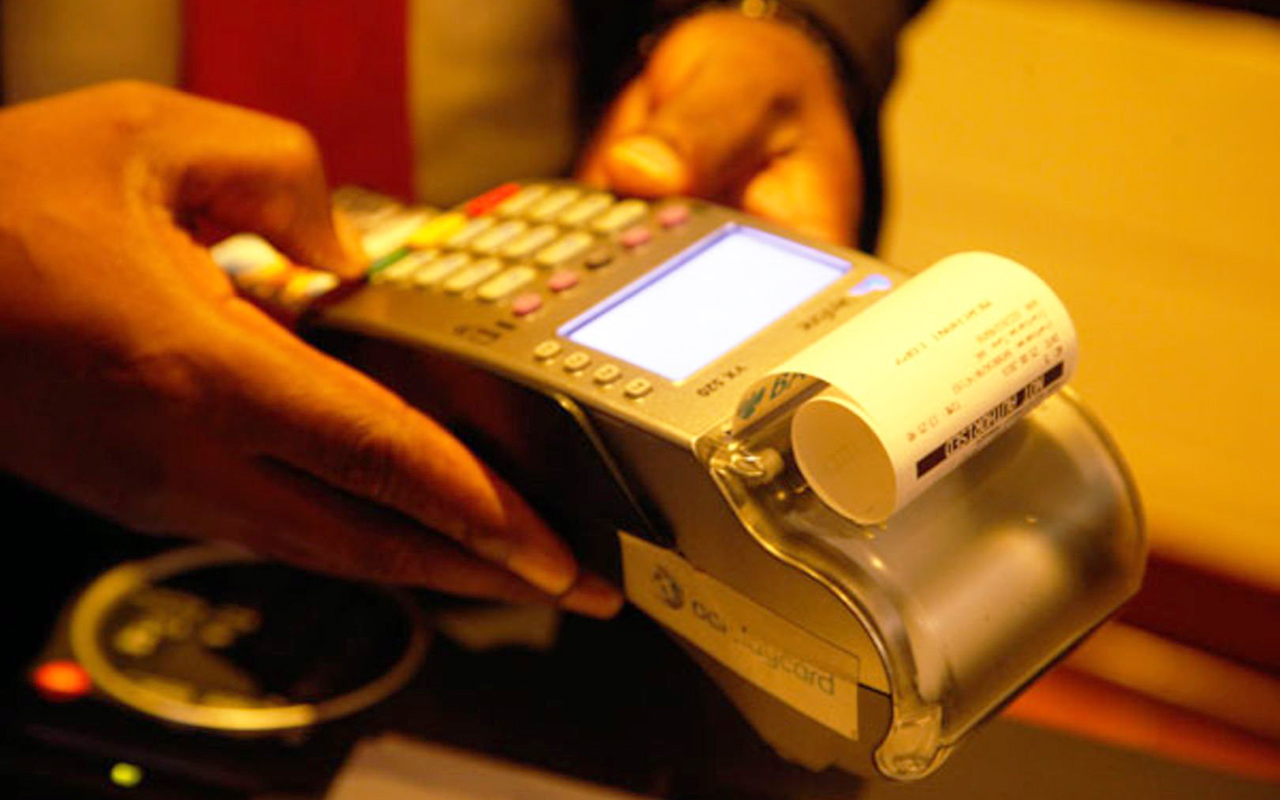Govt should go slow on borrowing

Keith Muhakanizi, the Finance ministry Permanent Secretary
What you need to know:
The issue:
Business
Our view:
Government should prioritise concessional borrowing for social projects and non-concessional borrowing for highly viable projects.
Uganda’s debt currently at Shs42 trillion, although below the 50 per cent threshold, should be watched closely lest the country ends up in a debt trap.
What is more worrying is that the International Monetary Fund (IMF) projections show that this figure is expected to rise to 50.7 per cent by 2021/22, due to increased borrowing, mainly for infrastructure development.
Public debt financing is becoming a big challenge for Uganda. The figure that keeps increasing, could eventually lead to a slowdown in the country’s economic growth.
Uganda has accumulated foreign debt for infrastructure projects over the years. Since most of the infrastructure projects are largely financed using loans and concessions from foreign banks and governments, how sustainable is such debt to Uganda?
Highly concessional loans from the International Development Association (IDA) of the World Bank and the African Development Fund (ADF) account for 58.8 per cent of Uganda’s external loan portfolio, which drives the difference between the nominal value of public debt and its present value.
Other concessional creditors include the International Fund for Agricultural Development (IFAD), the Arab Bank for Economic Development in Africa (BADEA), and the Organisation of the Petroleum Exporting Countries (OPEC) Fund.
However, the relief so far is that despite a sharp rise in debt levels, Uganda is still classified as a low-risk debt country. Much as Mr Keith Muhakanizi, the Finance ministry Permanent Secretary said: “You cannot develop without a debt” - that debt only becomes dangerous when it becomes unmanageable, some of the debts Uganda has contracted is on non-concessional terms, meaning it is expensive to service.
Some of the money from the debts have mainly been used to finance construction of Karuma and Isimba dams as well as the Kampala–Entebbe Expressway. These were mainly drawn from the Export-Import Bank of China (Exim). According to IMF, loans drawn from Exim Bank account for about 23.4 per cent of Uganda’s external debt portfolio.
The IMF in May said although there has been a spike in the debt burden, Uganda remains at low risk of debt distress because of four key parameters - infrastructure investments with envisaged growth returns, improvement in revenue collection by half a percentage of Gross Domestic Product – a measure of the economy – every year in the next five years, commencement of oil exports by 2023 and a cutback on infrastructure investment once the current projects are completed.
Government should prioritise concessional borrowing for social projects and non-concessional borrowing for highly viable commercial projects to keep Uganda’s public debt under sustainable levels.
Our commitment to you
We pledge:
• To be accurate and fair in all we do.
• To be respectful to all in our pursuit of the truth.
• To refuse to accept any compensation beyond that provided by Monitor Publications Ltd. for what we do in our news gathering and decision-making.
Further, we ask that we be informed whenever you feel that we have fallen short in our attempt to keep these commitments.
[email protected]




